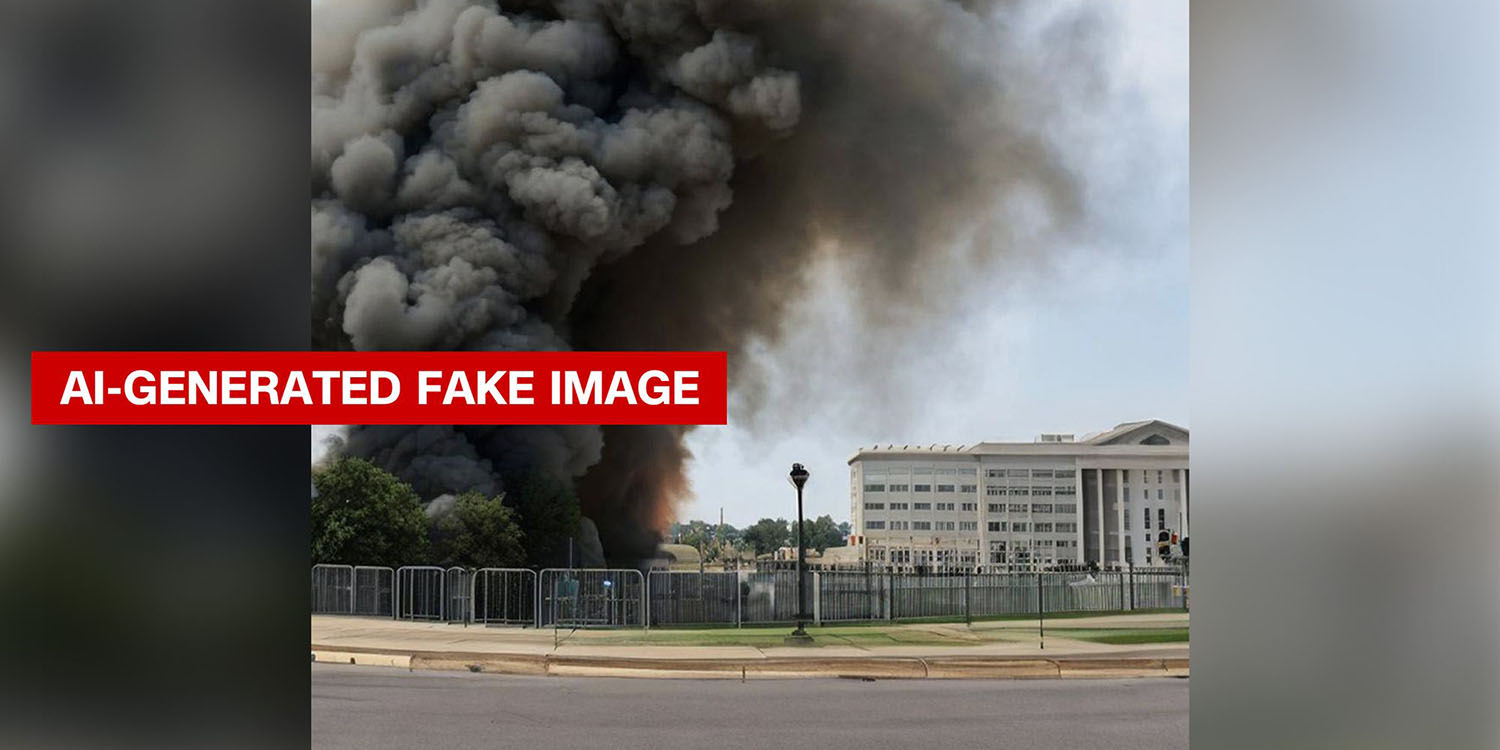
Elon Musk recently admitted that Twitter is now worth less than half of the $44B he paid for it, but it now appears that the current Twitter valuation may actually be a third of the sum he paid …
Twitter valuation again reduced
Musk originally offered Twitter shareholders $44B to acquire the company, before trying to back out, and being forced to complete the transaction. Even at the time, banks that had committed to supporting the purchase knew it was a bad idea – and another backer, Fidelity, later reached the same conclusion.
The investment fund effectively owns a small part of Twitter through its stake in X Holdings I Inc. The company’s “investment” was originally valued at a little under $20M.
As part of Fidelity’s legal obligations to keep investors informed about the value of the company’s holdings, it has to regularly update its estimate of the current market value of its Twitter stake. It has marked down that value four times now. Bloomberg reports on the latest appraisal.
Twitter is now worth just one-third of what Elon Musk paid for the social-media platform, according to Fidelity, which recently marked down the value of its equity stake in the company.
Musk has acknowledged he overpaid for Twitter, which he bought for $44 billion, including $33.5 billion in equity. More recently, he said Twitter is worth less than half what he paid for it. It’s unclear how Fidelity arrived at its new, lower valuation or whether it receives any non-public information from the company.
Company responds to Pentagon explosion hoax
One of the many cuts made to Twitter was to disband most of the moderation efforts geared to tackling misinformation and hate speech on the platform. That had the predictable result of leading to a massive increase in both.
Twitter decided to replace moderation with crowd-sourced fact-checking, but failed to include photos and videos in that program. The Verge reports that the company has now been forced to do so after a fake image of a Pentagon explosion went viral.
In the announcement, Twitter specifically mentions AI-generated fake images, which have been a combination of confusing, frightening, and amusing as they’ve gone viral on the platform. For instance, a fake Pentagon explosion picture was shared by accounts with a blue verified checkmark last week, one of which pretended to be affiliated with Bloomberg News. In a less frightening example, the AI-generated image of Pope Francis looking like a streetwear hype beast circulated and went viral before many people learned it was fake.
The loss of Twitter verification of course made the problem worse, with many taken in by the now-meaningless blue checkmarks.
Anti-harrassment app Block Party closing today
As hate speech, bullying, and trolling increased, more Twitter users turned to third-party app Block Party to remove the abuse from their feeds. In addition to setting up filters on who appears in your feed, the app let you block anyone who has liked or retweeted abusive content.
Block Party is the latest third-party app to fall victim to Twitter charging for API access, the company has announced that it is ceasing operations from today.
Block Party’s anti-harassment tools for Twitter will be on indefinite hiatus as of May 31 […]
We’re heartbroken that we won’t be able to help protect you from harassers and spammers on the platform, at least for now; we fought very hard to stay, and we’re so sorry that we couldn’t make it happen.
The company is now attempting to replicate as much of the app’s functionality in a browser extension called Privacy Party. Existing Block Party users are being given access to an alpha version, while others can join a waitlist. Currently it only works in Chrome.
FTC: We use income earning auto affiliate links. More.




Comments